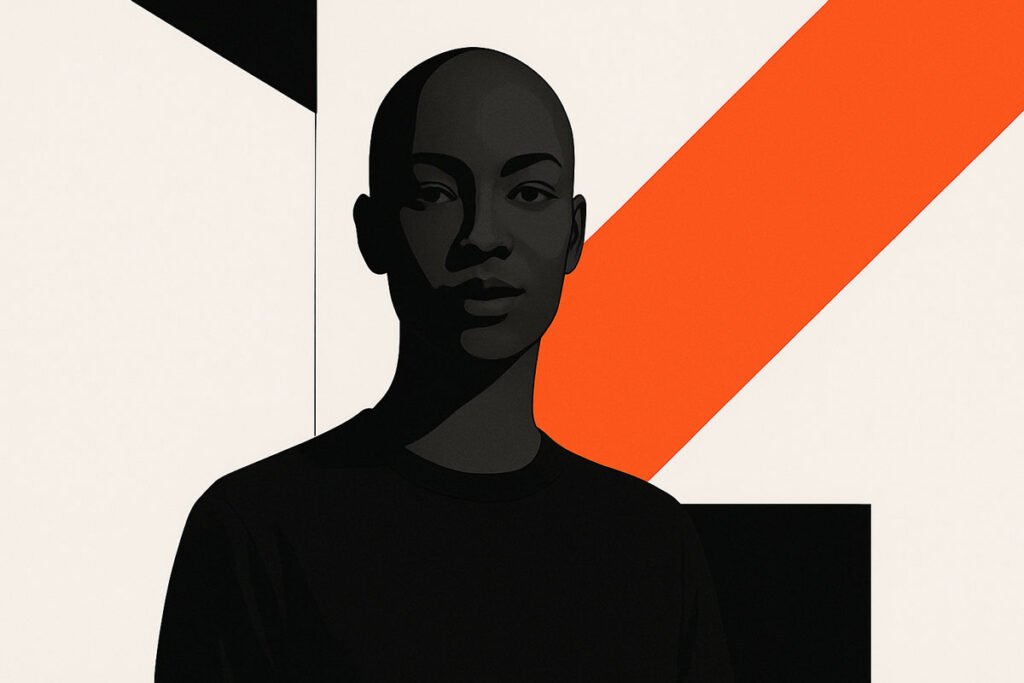Artificial intelligence has introduced innovation in almost all the aspects of our digital society but it has also led to blurring the boundaries of the real and the fabricated world. The most memorable instances of this phenomenon are so-called celebrity deepfakes, AI-generated videos and images, which abuse the similarity of a human face to produce hyper-realistic yet completely fake information. Previously, deepfake technology was only accessible to tech labs, but nowadays every person with the appropriate software can reproduce the faces and voices of familiar people. In the case of celebrities, this is a brand new type of threat, one that could ruin reputations, create misinformation and even question the concept of authenticity in media.
The knowledge of the Deepfake Technology.
In its simplest form, deepfake technology is based on deep learning, a subdivision of artificial intelligence which simulates human learning based on neural networks. AI can be trained on the distinctive aspects, expressions, and voice of an individual by introducing their huge pools of images or videos to computer code. The system then creates new contents, that appear and sound to be very real, even in situations where the occurrences described never occurred.
Deepfakes that were originally created to conduct research and entertainment soon developed into a world sensation. Examples of this are early harmless parodies, movie scene recreations, however, the technology became accessible and was abused. Nowadays, malicious content, fake interviews, and fabricated news are increasingly done with celebrity deepfakes, which are used to exploit fame due to its commercial or manipulative use.
The Fascination and Threat of the Deepfakes of Celebrities.
Celebrities are especially susceptible to deepfakes because of their public profile and the open access to the media information about them on the internet. Each photograph, interview, and film image is something AI can learn and therefore it is simple to reproduce their digital resemblance.
Although there are creators who employ deepfakes as entertainment, e.g. film reenactment, digital art, or funny social media videos; there are darker uses of the technology as well. The misinformation campaigns, defamation, and non-consent of certain content are the popular uses of deepfake video with celebrities, which harms personal reputation and mental health.
These manipulations do not only produce a personal damage. Celebrity deepfakes with well-known personalities may mislead the opinion of the general audience, corrupt politics, and undermine confidence in online media. What seemed to be genuine can now be doubted and this has led to a world where seeing is not believing.
The Ethical and Psychological Implications.
The ethical issues that surround celebrity deepfakes are massive. On the one hand, they dispute the idea of permission and rights over one likeness. It takes years of building a brand image by celebrities who are then digitally kidnapped without their consent. The production and dissemination of deep fake content provoke an issue that is very tangible on the right of privacy and ethical accountability.
The effects are devastating psychologically. To the subjected, the feeling of getting a duplicate version of themselves in a degrading or illusive circumstances may create anxiety, distress and emotional trauma. The fact that the digital identity cannot be controlled contributes to the vulnerability even more in the era when social media spreads false information at the speed of a lightning.
The aspect of normalizing deepfakes is also psychologically dangerous to the audience. The continuous bombardment with the manipulated media may produce the so-called truth fatigue, when citizens cannot see the difference between real and fake and eventually fake news, entertainment and communication are no longer trusted.
The Legal Problems in the Fight against Deepfakes.
The law system has not been able to keep up with the deepfake technology despite the gravity of the matter. Most countries had previously had laws on defamation, copyright, and privacy, which were not created to deal with AI-generated content. Such a loophole in the law gives room to evil doers to work with minimal responsibility.
There are some governments that started acting. United States An example of such state-level legislation is the 2019 law of the United States that criminalizes the creation and dissemination of specific categories of deepfakes, especially those employed in the generation and distribution of non-consensual explicit materials or election interference. The proposed AI Act by the European Union also has measures to control synthetic media and provide transparency in the AI-generated content.
Enforcement is a problem however. The problem of deepfakes is difficult to detect and eliminate, and it takes a combination of high-tech forensic solutions and global collaboration. Social Media, such as YouTube, Tik Tok, and X (previously Twitter) have introduced features to weed out synthetic media, however, the depth and complexity of deepfakes keeps up with detection technologies.
The Potential of AI in Deepfake Detection.
Interestingly, the very technology used to make deepfakes can be used to fight them. Detection systems based on AI are currently being developed to detect inconsistency in facial movements, lighting and pixel patterns exposing synthetic manipulation. Machine learning is being used by companies to distinguish between real human faces and AI-generated fakes in real time due to the specialization of deepfake detection.
These are tools that are necessary not just in the security of celebrities but also the digital integrity in industries. Such technologies are being increasingly embraced by media houses, social sites, and verification agencies whose efforts are aimed at ensuring the validity of videos and curbing misinformation.
Influence on the Entertainment Industry.
Deepfakes have a complicated interconnection with the entertainment industry. On the one hand, there are creative opportunities provided by the technology. Moviemakers are able to age actors backwards or bring dead actors back to life or use AI-generated resemblances to create seamless visual effects. Such innovations may improve story telling and production value.
Conversely, there is a high possibility of misuse. The use of the faces or voices of celebrities without their authorization to advertise or make movies may become the source of legal and ethical controversies. Consequently, numerous production studios and celebrities are promoting stringent rules and ethical principles of the application of the deepfake technology in the media and entertainment.
Creating Awareness and Digital Literacy.
Combating the threat of deepfakes in celebrities cannot be done solely by technology and legislation, but it needs education as well. Critical thinking of online information and digital literacy campaigns may educate the audience to avoid trusting the information found online, recognizing possible red flags of deepfakes, and trusting credible sources.
Conclusion
Deepfakes of celebrities represent both sides of the technological advancement at once: on the one hand, it brings innovativeness and creativity, and on the other, it endangers the truth and integrity. With the further development of AI, society has a critical situation: to use it and not to jeopardize authenticity and ethics.







